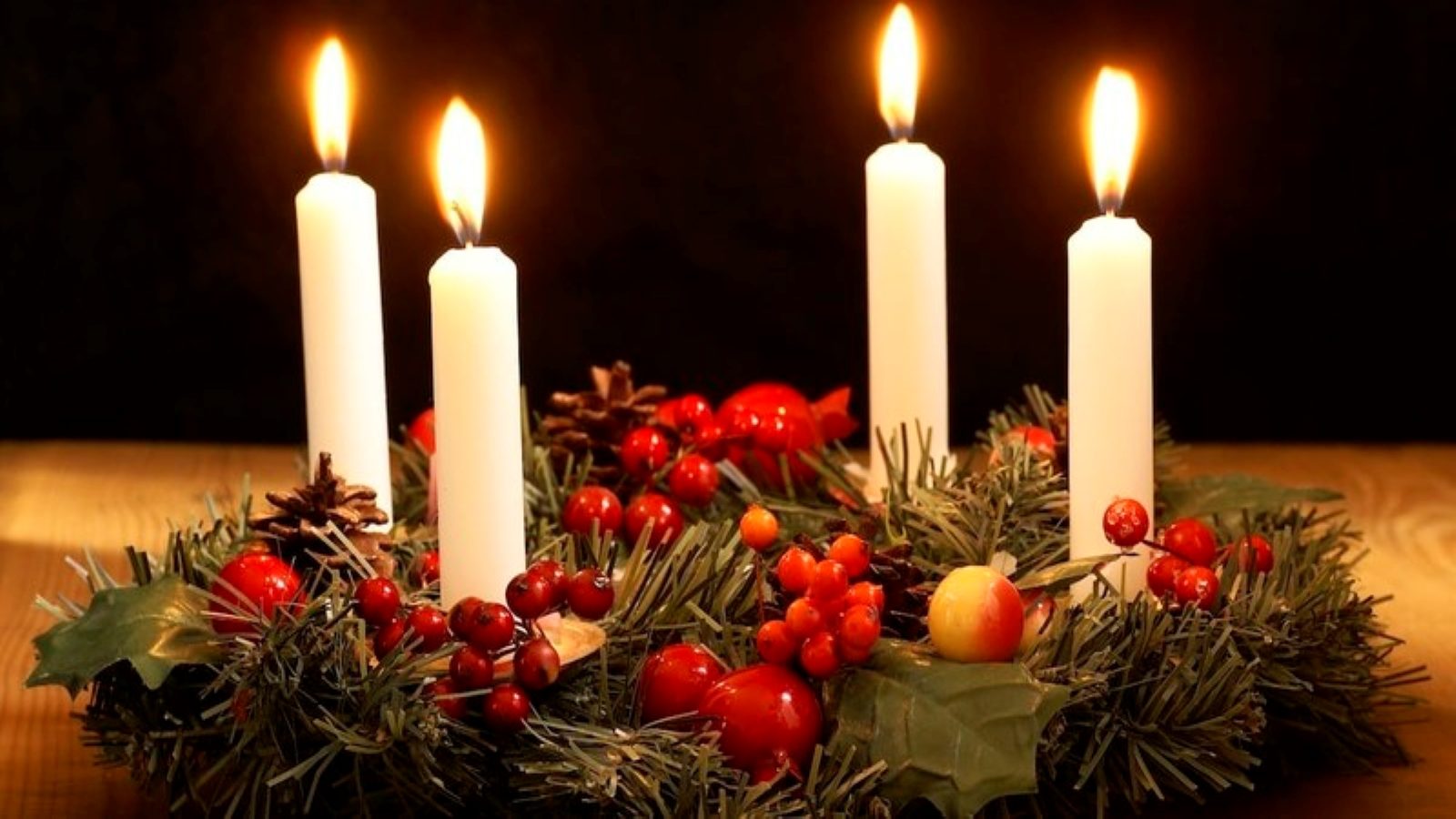While many Christians worldwide celebrate Christmas as marking the birth of Jesus Christ, many also celebrate the season of Advent.
But hearing the word “advent” is far less common than hearing “Christmas” this time of year. So, what is Advent?
The term comes from the Latin word adventus, meaning “arrival” or “coming.” The season of Advent is observed in the weeks before December 25, as Christians celebrate the anticipation of the coming of Christ.
Advent is a part of the liturgical calendar observed by many Christian traditions, which dates back over 1,500 years. The season is observed by Roman Catholics, Anglicans, Episcopalians, and Lutherans, along with some other Protestant denominations.
Even many Christians who do not observe the liturgical calendar year-round will still observe the Advent season. Advent traditionally begins on the fourth Sunday before Christmas. This year, the first Sunday of Advent fell on November 27.
Different Christian traditions observe Advent in different ways. Various practices include lighting an Advent wreath, praying a daily Advent devotional, fasting, and the more common celebratory activities such as putting up a Christmas tree and other decorations.
Many churches use Advent calendars to mark the days before Christmas. Many churches light Advent candles — one candle is lit each of the four Sundays of the season.
The first candle symbolizes hope. Known as the “Prophecy Candle,” it represents the Old Testament prophets, especially Isaiah, who foretold the coming of Jesus Christ.
The second candle symbolizes faith and is in remembrance of Mary and Joseph’s journey to Bethlehem. It is thus known as the “Bethlehem Candle.”
The third candle represents joy. It is known as the “Shepherd’s Candle” and serves as a reminder of the joy experienced by the shepherds when Christ was born.
The fourth candle symbolizes peace. Also known as the “Angel’s Candle,” it represents the message of the angels to the shepherds:
“Glory to God in the highest, and on earth peace among those with whom He is pleased” (Luke 2:14).
The Dallas Express spoke with Jeanne Marie Miles, director of worship for the Catholic Diocese of Dallas, about the history, observance, and importance of Advent.
“Originally, Advent was actually observed as a period of preparation for people who wished to be baptized Christian at the Feast of Epiphany,” she said. The Feast of Epiphany celebrates the arrival of the three kings from the east to the newborn Christ.
Miles continued, “Over the centuries, as there were fewer and fewer baptisms at Epiphany, and those [were] moved to Easter vigil, instead of it being seen as preparation for baptism, the season of advent became a season of preparation for the incarnation — preparation to welcome the Christ-child.”
Miles said the Catholic Church has a variety of traditions that are practiced during Advent.
“One of the things that seasons of preparation often feature is the idea of less is more,” she said, explaining that The Gloria hymn is usually sung every Sunday but is not sung during Advent or Lent. “And that is done as a way of showing restraint before the exuberance of the primary feast of the nativity.”
She also shared more details about traditions such as Advent wreaths and candles with The Dallas Express.
“An Advent wreath is usually a wreath of greenery [with] evergreen branches, and there are four candles — one for each of the four weeks [of Advent],” she said. “There’s another tradition that we’ve seen, especially in homes or in religious education classrooms, called the Jesse Tree.”
Miles referenced the prophecy of Isaiah 11:10, which says, “In that day, the root of Jesse will stand as a banner for the peoples; the nations will rally to him, and his resting place will be glorious.”
“A Jesse Tree is usually a bare-branched tree, no greenery at all,” she continued. “There are some standard scripture passages that are used through the Advent season for a Jesse tree … What you’re doing is progressing through salvation history from the time of Jesse up to the time of the birth of Christ.”
Miles told The Dallas Express these Advent traditions are important because “when we’re able to find ways to observe our faith at home, then it makes that faith more real to us and more understandable to us, rather than just something we go and do on Sundays.”
“Observing the Advent season reminds us that not only are we anticipating the celebration of the birth of Christ in history, but we’re also anticipating the coming again of Christ at the end of history,” she said.
She concluded, “We’re waiting for Christ, and Christ has been born in history, and we continue to celebrate his birth and his incarnation without which we would not have the resurrection, but we also look ahead to Christ coming again at the end of time and making things all in all.”






